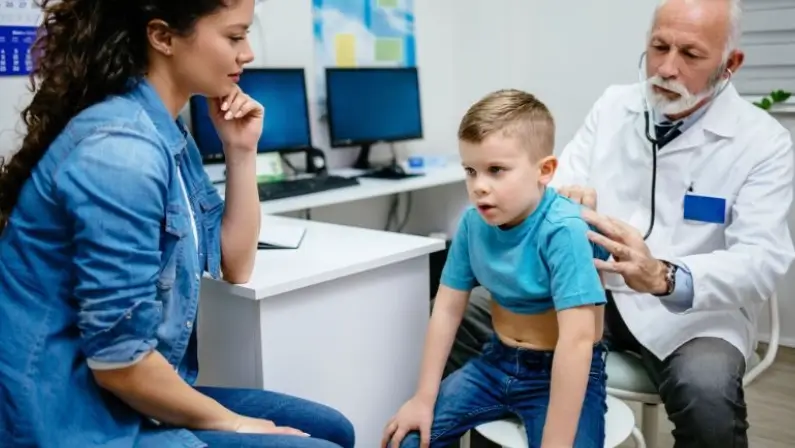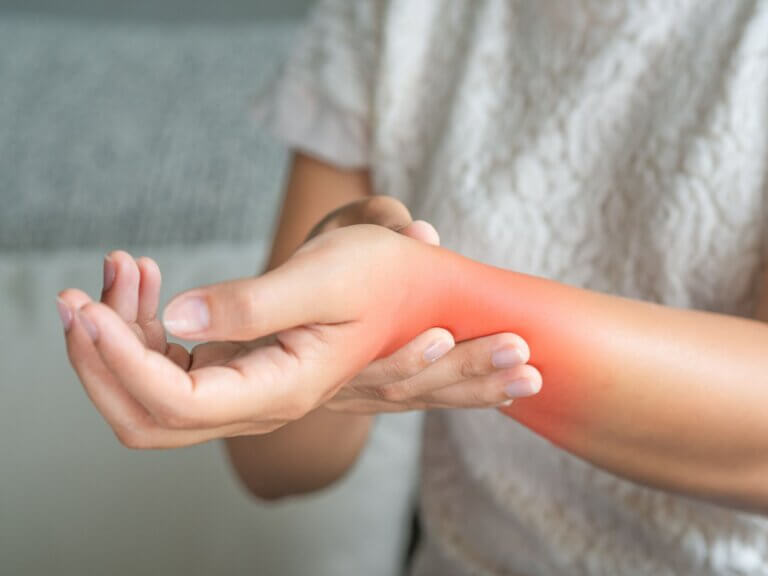Every parent’s top priority is the well-being of their children. In moments of crisis, clearly understanding pediatric emergencies can mean the difference between swift action and paralyzing panic.
From the unsettling sight of a choking child to the urgency of a high fever, knowing about these critical situations empowers caregivers to respond effectively.
In this guide, we’ll help you understand everything you need to know regarding pediatric emergencies, so you will know the next steps in case these circumstances happen.
Importance of understanding pediatric emergencies
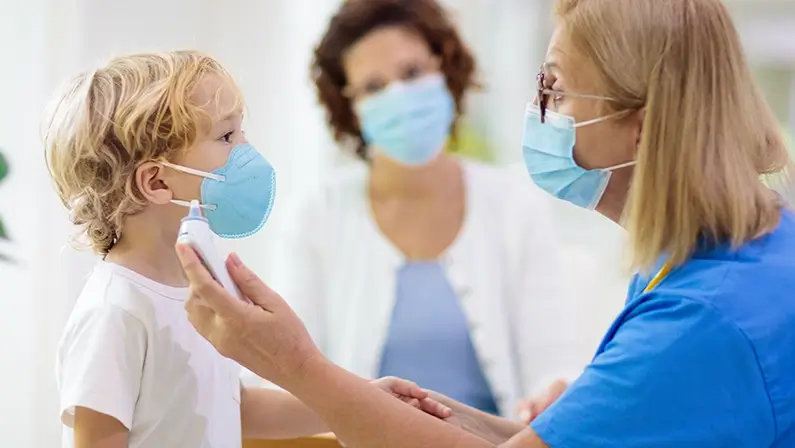
Being well-informed empowers caregivers and parents to respond quickly and appropriately, potentially averting life-threatening situations. Here’s why understanding pediatric emergencies matters:
- Rapid Response: Children are more vulnerable to sudden health crises. Understanding the signs enables quick, informed action, ensuring appropriate emergency pediatric care is administered promptly.
- Specialized Care: Children’s bodies differ from adults. Knowledge about their unique anatomy and physiology helps medical professionals provide specialized care that addresses their specific needs.
- Reducing Panic: In emergencies, panic can hinder effective decision-making. When caregivers understand what constitutes emergency pediatrics and how to respond, it mitigates panic and fosters a calmer environment for the child.
- Preventive Measures: Awareness of common risks and potential hazards can lead to proactive safety measures. From childproofing homes to knowing what foods to avoid, this knowledge contributes to preventing emergencies altogether.
Being equipped with insights into pediatric emergencies is an investment in the well-being of children. It empowers caregivers to become competent and confident responders, safeguarding the lives of the youngest members of our communities.
Common Pediatric Emergencies
When it comes to children’s health, being prepared for emergencies is paramount. Understanding the various types of pediatric emergencies empowers caregivers to respond effectively and seek appropriate medical attention. Here’s an overview of common pediatric emergencies and their key aspects:
Respiratory Emergencies
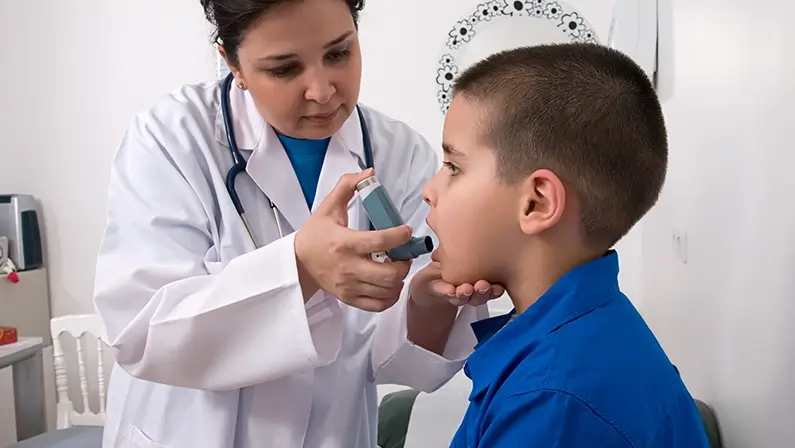
In respiratory issues, prompt recognition and response are essential to ensuring a child’s well-being.
- Asthma: Sudden wheezing and difficulty breathing characterize asthma, often triggered by allergies or respiratory infections.
- Croup: This viral infection leads to a barking cough and a distinct sound when breathing in, known as stridor.
- Epiglottitis: Swelling of the epiglottis can cause severe breathing difficulties and necessitates immediate medical attention.
- Bronchiolitis: Common in infants, bronchiolitis causes coughing, wheezing, and difficulty breathing.
Gastrointestinal Emergencies
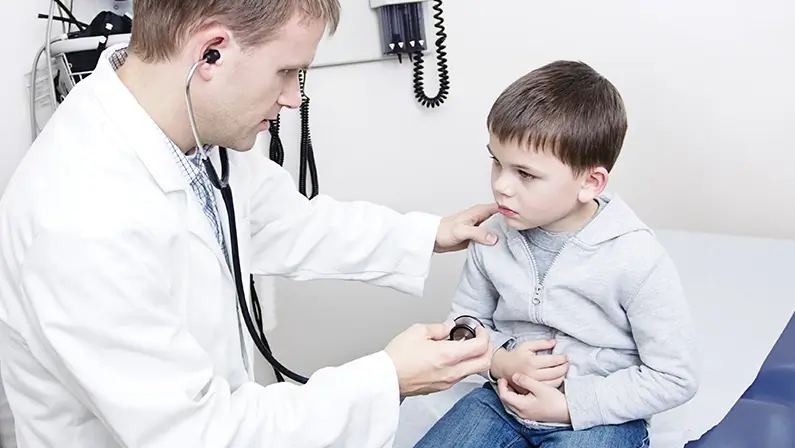
Proper hydration and nutrition are vital for children’s growth and well-being, making gastrointestinal emergencies a significant concern.
- Dehydration: Insufficient fluid intake can lead to dehydration, characterized by dry mouth, decreased urine output, and lethargy.
- Gastroenteritis: Inflammation of the stomach and intestines due to viral or bacterial infections causes vomiting, diarrhea, and stomach pain.
- Appendicitis: Abdominal pain, especially in the lower right side, could indicate an inflamed appendix requiring surgical intervention.
- Intussusception: Telescoping of one segment of the intestine into another lead to severe abdominal pain and potential bowel obstruction.
Neurological Emergencies
Issues affecting the nervous system require careful assessment and swift action to prevent complications.
- Seizures: Sudden electrical disturbances in the brain result in seizures, which can manifest as convulsions or altered consciousness.
- Meningitis: Infection of the protective membranes around the brain and spinal cord causes fever, headache, and neck stiffness.
- Head Injuries: Trauma to the head can range from mild concussions to more severe injuries, requiring immediate evaluation.
- Altered Mental Status: Sudden changes in a child’s mental state, such as confusion or unconsciousness, warrant urgent attention.
Traumatic Emergencies
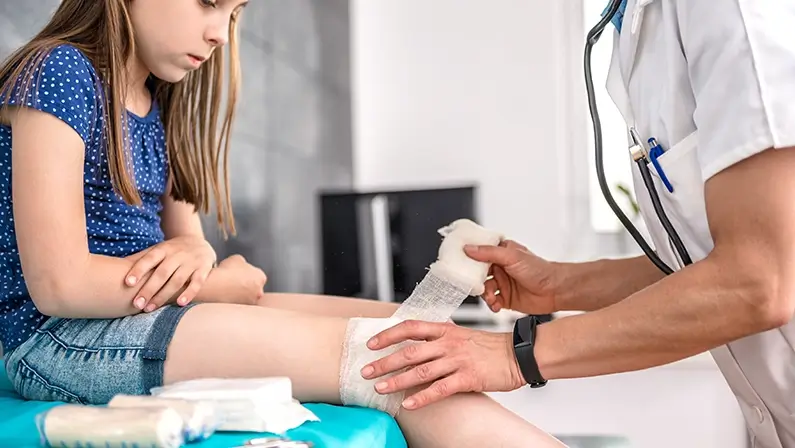
Accidents and injuries are a part of childhood, making knowledge about traumatic emergencies crucial.
- Fractures: Broken bones require proper immobilization and medical assessment to ensure proper healing.
- Lacerations: Deep cuts or wounds may need stitches to prevent infection and promote healing.
- Burns: Different degrees of burns require appropriate first aid and medical care to prevent infection and scarring.
- Head and Spinal Cord Injuries: Trauma to the head or spine can have serious consequences, necessitating careful evaluation and management.
Recognizing Emergencies in Children
Recognizing the signs of emergencies in children is the first step towards timely intervention and ensuring their well-being.
- Changes in Breathing: Rapid, labored breathing or difficulty breathing can indicate respiratory distress, requiring immediate attention.
- Altered Consciousness: Sudden confusion, drowsiness, or unresponsiveness might indicate neurological or metabolic issues necessitating urgent care.
- Severe Bleeding: Profuse bleeding that doesn’t stop with gentle pressure can signify significant injury, requiring immediate control.
- High Fever: Persistent high fever accompanied by lethargy or difficulty breathing might indicate a serious infection demanding medical attention.
Essential First Aid Techniques for Common Pediatric Emergencies
Knowing how to administer appropriate first aid can make a crucial difference in the outcome of pediatric emergencies.
- Choking: Perform abdominal thrusts (Heimlich maneuver) for a choking child to dislodge the obstructing object from the airway.
- CPR (Cardiopulmonary Resuscitation): Learn CPR for infants and children to provide chest compressions and rescue breaths in case of cardiac arrest.
- Burns: Cool a burn with cold, running water for at least 10 minutes to alleviate pain and prevent further tissue damage.
- Bleeding Control: Apply direct pressure to control bleeding from cuts or wounds and elevate the injured area if possible.
Tips for Preventing Common Pediatric Emergencies
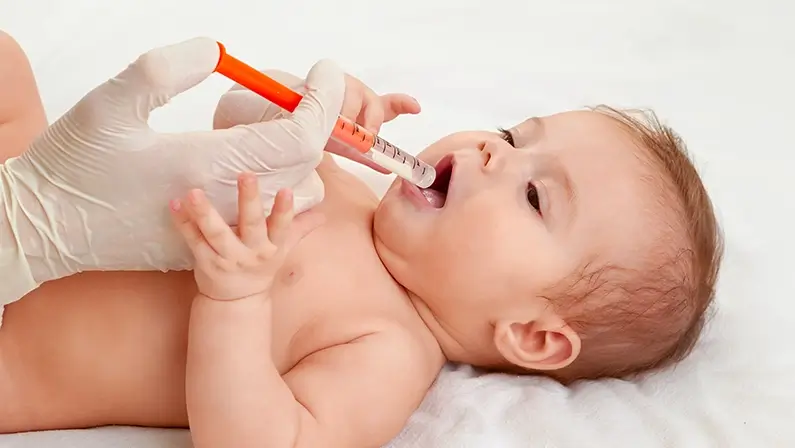
Prevention is key to ensuring the safety and well-being of children. Here are essential tips to minimize the risk of common pediatric emergencies:
- Childproofing: Create a safe environment by securing cabinets, outlets, and sharp objects to prevent accidents.
- Proper Supervision: Keep a watchful eye on children, especially near water, while playing, or around potential hazards.
- Vaccination: Ensure your child is up-to-date on vaccinations to prevent serious infections and their complications.
- Healthy Diet: A balanced diet strengthens the immune system and promotes overall health.
- First Aid Training: Acquire basic skills to respond effectively to minor injuries and emergencies.
- Fire Safety: Teach children about fire safety and have a family escape plan in case of a fire.
Your Neighborhood Pediatric Emergency Room Facility
Understanding pediatric emergencies empowers caregivers to protect children’s well-being. In times of crisis, knowledge, and preparedness are paramount.
For immediate and specialized care during pediatric emergencies, you can rely on Kingwood Emergency Room, where experienced medical professionals are ready to provide prompt attention. Your child’s safety matters – equip yourself with the right information and resources to handle any situation.
Ready to ensure your child’s safety? Trust Aether Health – Kingwood ER for top-notch pediatric emergency care in Kingwood. Visit us today or call for assistance.

